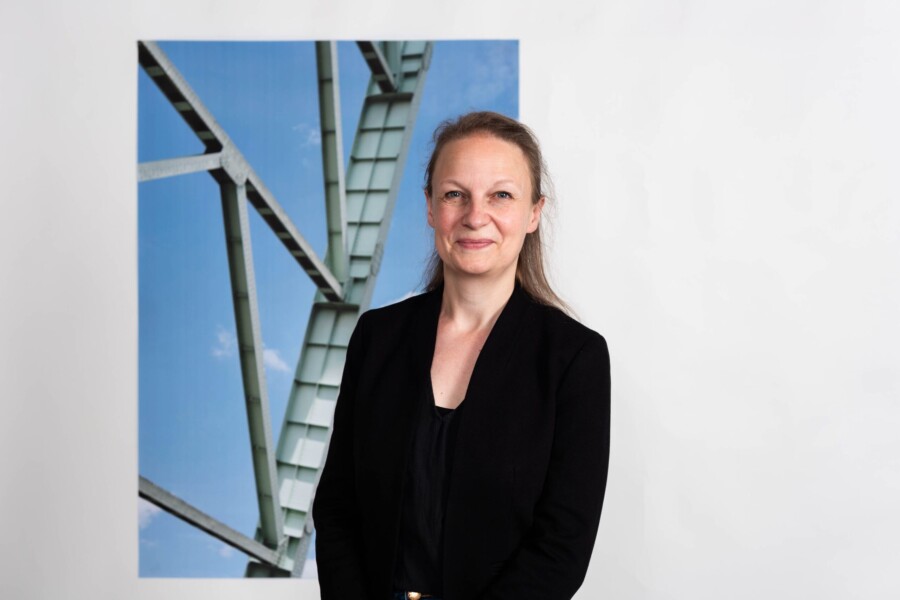Building with Steel. Prefabricated Steel Houses within the Innovation System of the German Steel industry (1920s-1970s).
Since the interwar period, with the construction of prefabricated steel-houses, enterprises of the steel sector tried to develop new sales markets. From the 1950s onwards, new structural materials for residential and office building were introduced. These developments were the result of a cooperation among the steel and the chemical industry, thereby penetrating into unfamiliar knowledge fields. Prefab steel houses did not achieve a permanent market success. However, thereby newly introduced structural materials (plastic-laminated sections, steel-sandwich support structures) became standard construction materials of today. In the context of the housing shortage of today, prefab houses made of steel currently experience a renaissance.The first subproject examines the sectoral innovation system of the steel industry (1920s to 1970s).
Persistence and change of the innovation system and culture are examined against the backdrop of technological and economic together with political, social and cultural changes, and operationalized as explicating factors for the innovative potential of the sector. The central working hypothesis is, that the innovation culture of the steel sector harmonized only to a limited extent with the centre point of the innovative project. On the one hand, this can explain the failure of the end-consumer oriented innovative project (prefab houses), on the other, explain the relative success in the field of structural materials. The second subproject examines the innovation processes and cultures in respect to the structural design of the most significant producers of prefab steel houses on a micro level (Hoesch, Krupp).
Taken into account are the cooperations among enterprises and external experts, additionally the feed back of the construction supervision agencies and the building practice on the innovation processes. A special role plays the mapping of all traceable prefab steel houses in respect to the history of construction and technology, which is helpful due to reasons of historic building protection.The third subproject investigates on the role of the public materials testing administration (MPA) as element of the sector-combining innovation system (steel-chemistry). For that reason, the research and testing tasks of the building departments of the MPAs are examined. Furthermore, the concrete innovations of the companies in the field of new structural materials are examined by applying the historical materials research concept, such as technology, building physics and chemistry. On the whole, the project will connect the micro historical analysis of the innovation project of prefab steel houses with a meso and macro historical perspective on the innovation system and culture of the German steel industry.
Thereby, it pursues approaches of construction and innovation history, which in this combination and also in respect to questions of historic building protection can be made fruitful for the first time.







